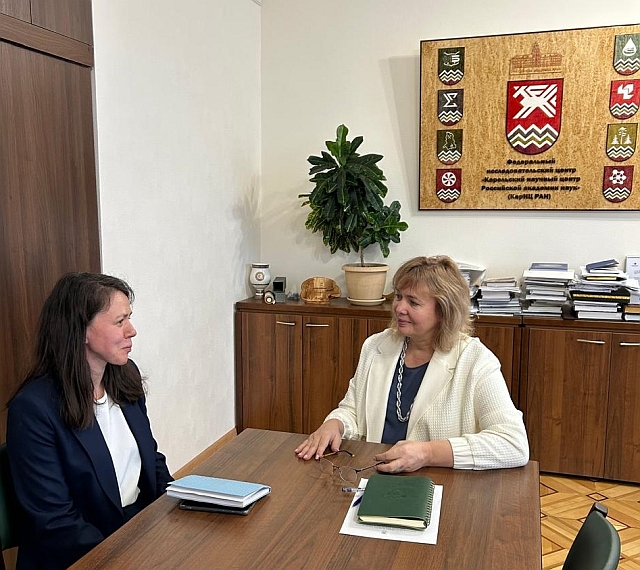Svetlana Egorova informed that YSC* has conducted a survey among young scientists and identified the issues they see as the most important. Thus, young scientists are concerned about the possibilities of AI use in their scientific disciplines, they'd like to learn how to prepare scientific publications for high-ranking journals, to thoroughly understand the requirements of the Higher Attestation Commission for degree theses. At the same time, young people would like to engage in popularization of science.
Director General supported the youth's initiative to organize workshops, lectures and meetings that would help young people to better understand modern trends in science development, to navigate through the requirements of editorial boards of scientific journals and thesis councils and, thus, be able to grow professionally. “Organization of events that promote the competencies and career growth of young scientists is one of the tasks for the YSC. KarRC RAS administration will provide all the assistance the YSC may need in this important endeavor" - commented Olga Bakhmet on the results of the meeting.
This is the third meeting of the Director General with the YSC Chairperson since the election of its new members. Young scientists actively use the opportunities to promote their agenda at the Center.
*KarRC RAS Young Scientists Council (YSC) is a collegial advisory body under KarRC RAS Director General. It is meant to unite young scientists of the Center to find the best ways to involve scientific youth in the development of basic and applied science, realize their scientific potential, advance professionally, as well as to help protect their rights, improve working and living conditions, and organize leisure time.
News




